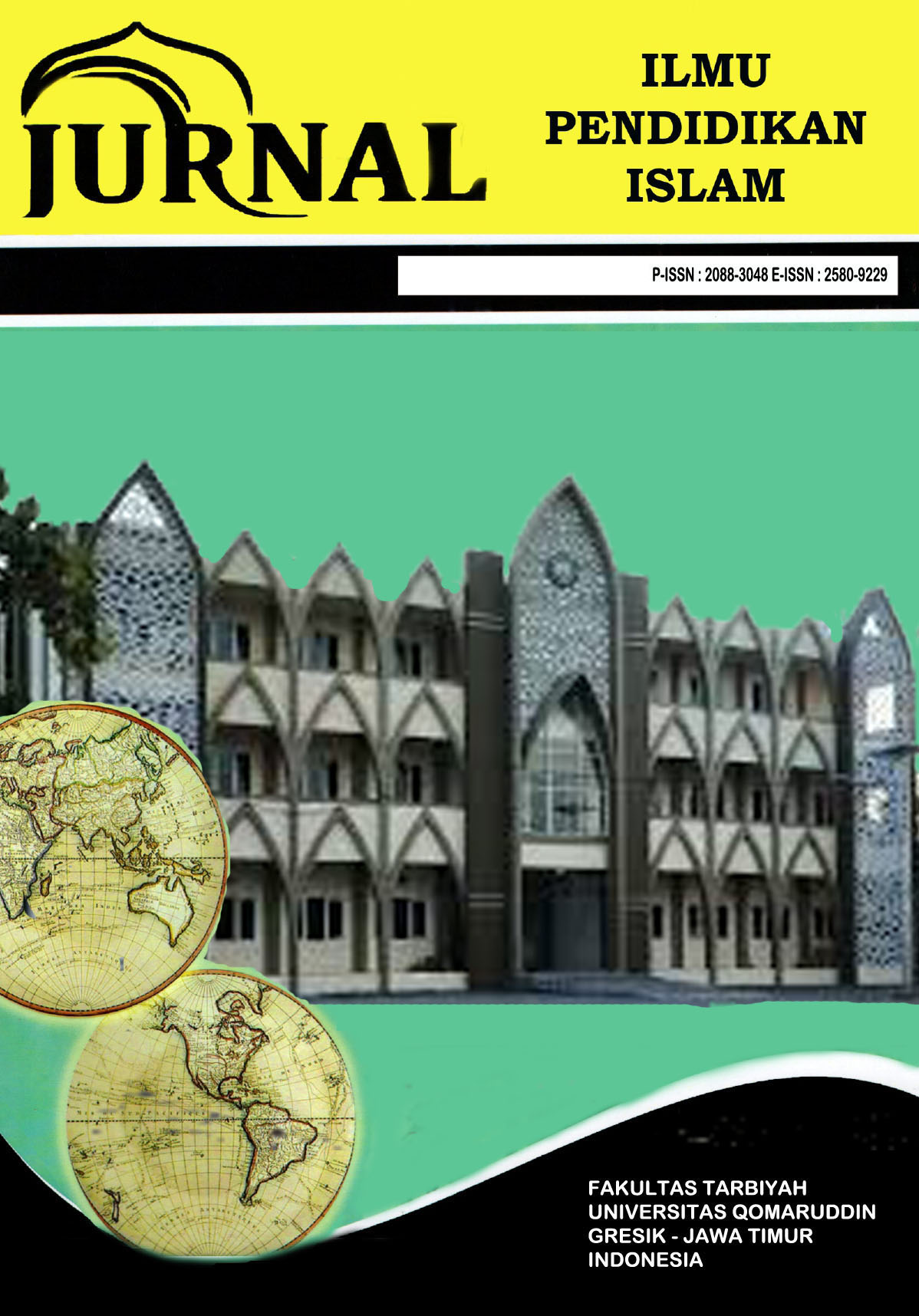IMPLEMENTATION OF A PROJECT-BASED LEARNING MODEL TO INCREASE THE CREATIVITY OF STUDENTS AT MTs ROUDLOTUR ROMANI BENGKULU CITY
Abstract
This research aims to explore the application of the Project-Based Learning (PjBL) model in increasing student creativity at MTs Roudlotur Rosmani, Bengkulu City. The PjBL model provides opportunities for students to learn through hands-on experience in real, relevant projects, which can encourage critical thinking, collaboration and innovation skills. This research used the classroom action research (PTK) method which was carried out in two cycles with the research subjects being class VIII students. The research results show that the application of the PjBL model increases student creativity, as seen in increased active involvement, ability to collaborate, and development of innovative ideas. In the first cycle, although there was an increase in participation, students still depended on teacher guidance in solving problems. However, in the second cycle, students showed significant improvements in innovation and working independently. The main supporting factors in implementing PjBL are teacher readiness, availability of relevant learning media, and school environment support. Obstacles faced include limited time and students' difficulties in working independently. This research suggests the need to improve teachers' skills in designing projects as well as more efficient time management to overcome these obstacles. Overall, PjBL has proven to be effective in increasing student creativity.
References
Bender, W. N. (2012). Project-Based Learning: Differentiating Instruction for the 21st Century. Corwin Press.
Bell, S. (2010). Project-Based Learning for the 21st Century: Skills for the Future. The Clearing House: A Journal of Educational Strategies, Issues and Ideas, 83(2), 39-43.
Holm, P. (2011). The Challenge of Assessment in Project-Based Learning. Journal of Educational Assessment, 23(4), 211-229.
Hmelo-Silver, C. E. (2004). Problem-Based Learning: Its Uses and Limitations in the Context of Instructional Design. Educational Psychologist, 39(4), 222-231.
Krajcik, J. S., & Blumenfeld, P. C. (2006). Project-Based Learning. In Handbook of Research on Science Education (pp. 317-344). Routledge.
Kokotsaki, D., Menzies, V., & Wiggins, A. (2016). Project-Based Learning: A Review of the Literature. Improving Schools, 19(3), 267-279.
Larmer, J., & Mergendoller, J. R. (2015). The Project Approach: A Way to Foster Creativity and Innovation in Education. The International Journal of Innovative Teaching and Learning, 5(2), 1-13.
Moursund, D. G. (2003). Project-Based Learning: A Short Primer. International Society for Research in Education and Development.
Nurohman, A. (2017). Penerapan Model Pembelajaran Berbasis Proyek dalam Konteks Pendidikan Islam. Jurnal Pendidikan Islam, 6(1), 47-55.
Thomas, J. W. (2000). A Review of Research on Project-Based Learning. The Autodesk Foundation.
Trilling, B., & Fadel, C. (2009). 21st Century Skills: Learning for Life in Our Times. Jossey-Bass.
Zubaidah, Z. (2016). Integrasi Pendidikan Karakter dalam Pembelajaran PjBL di Madrasah. Jurnal Pendidikan Islam, 14(3), 155-163.
Undang-Undang Republik Indonesia Nomor 20 Tahun 2003 tentang Sistem Pendidikan Nasional.
Warschauer, M., & Matuchniak, T. (2010). New Technology and Digital Worlds: Analyzing Evidence of Equity in Access, Use, and Outcomes. Review of Research in Education, 34(1), 179–225.
Zubaedi. (2019). Pendidikan Karakter: Konsep dan Aplikasinya dalam Lembaga Pendidikan. Jakarta: Prenada Media.
Copyright (c) 2025 Deko Rio Putra, Renita Dora, Lidian Martina, Sinta Bella

This work is licensed under a Creative Commons Attribution 4.0 International License.





